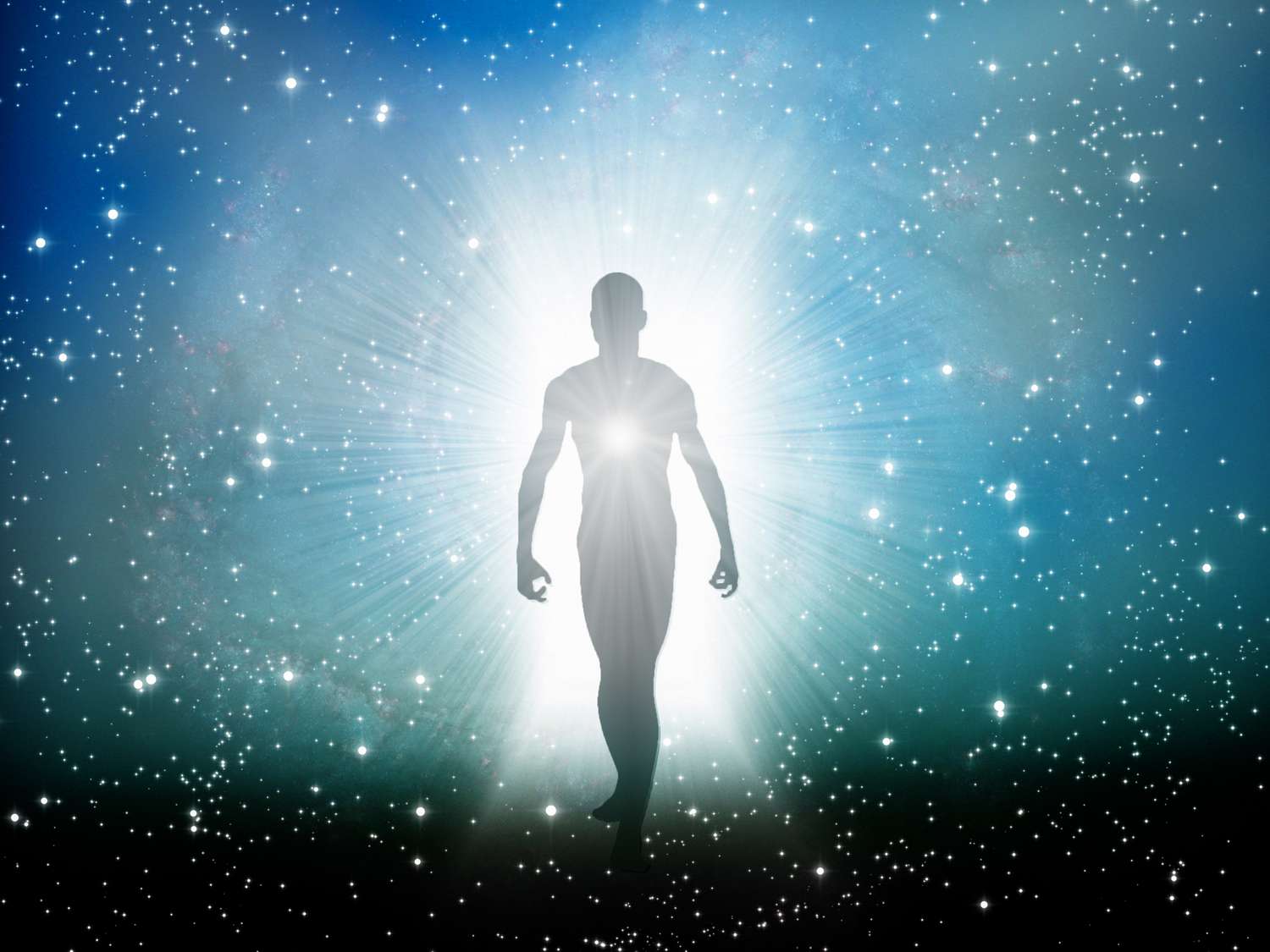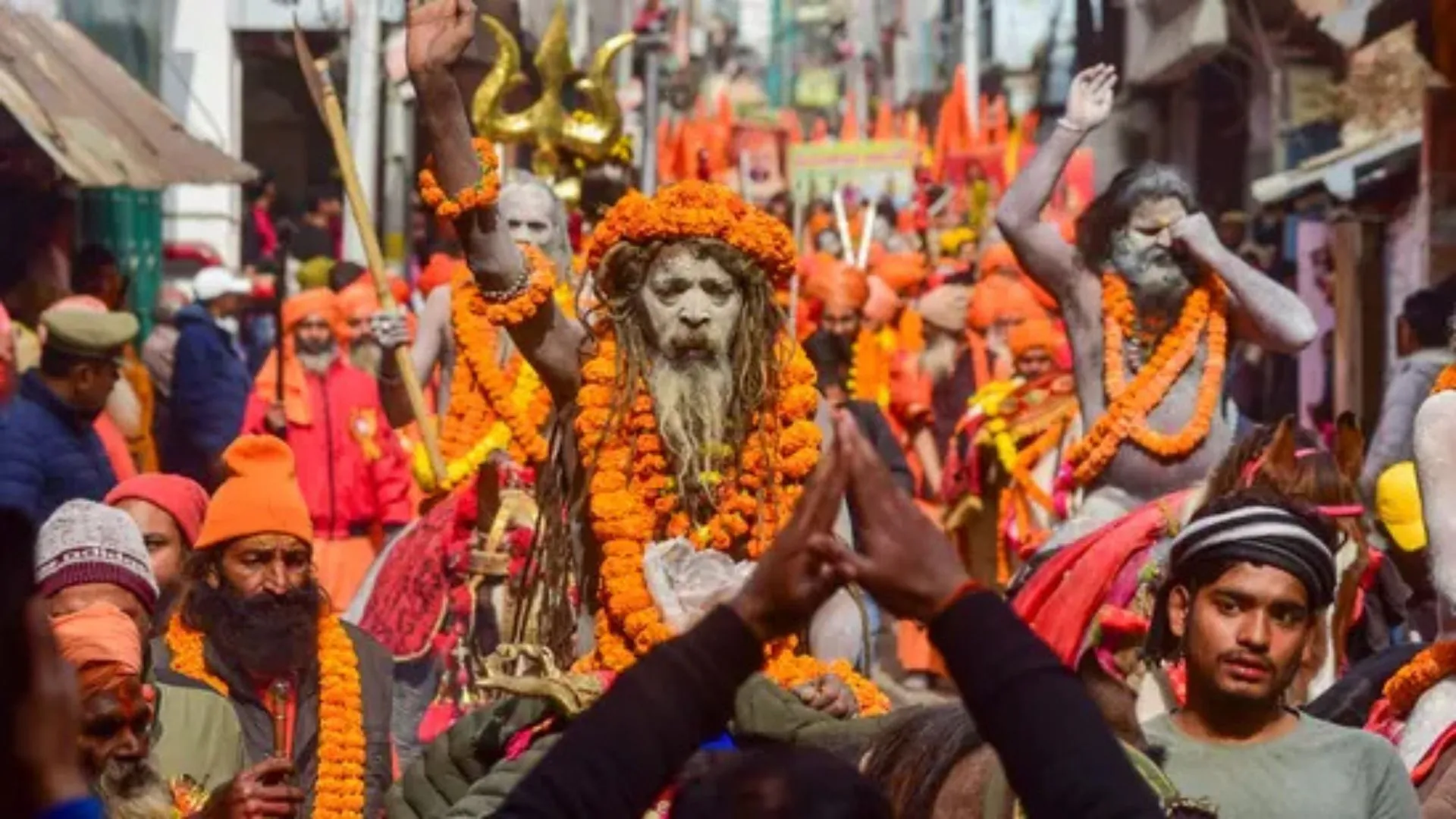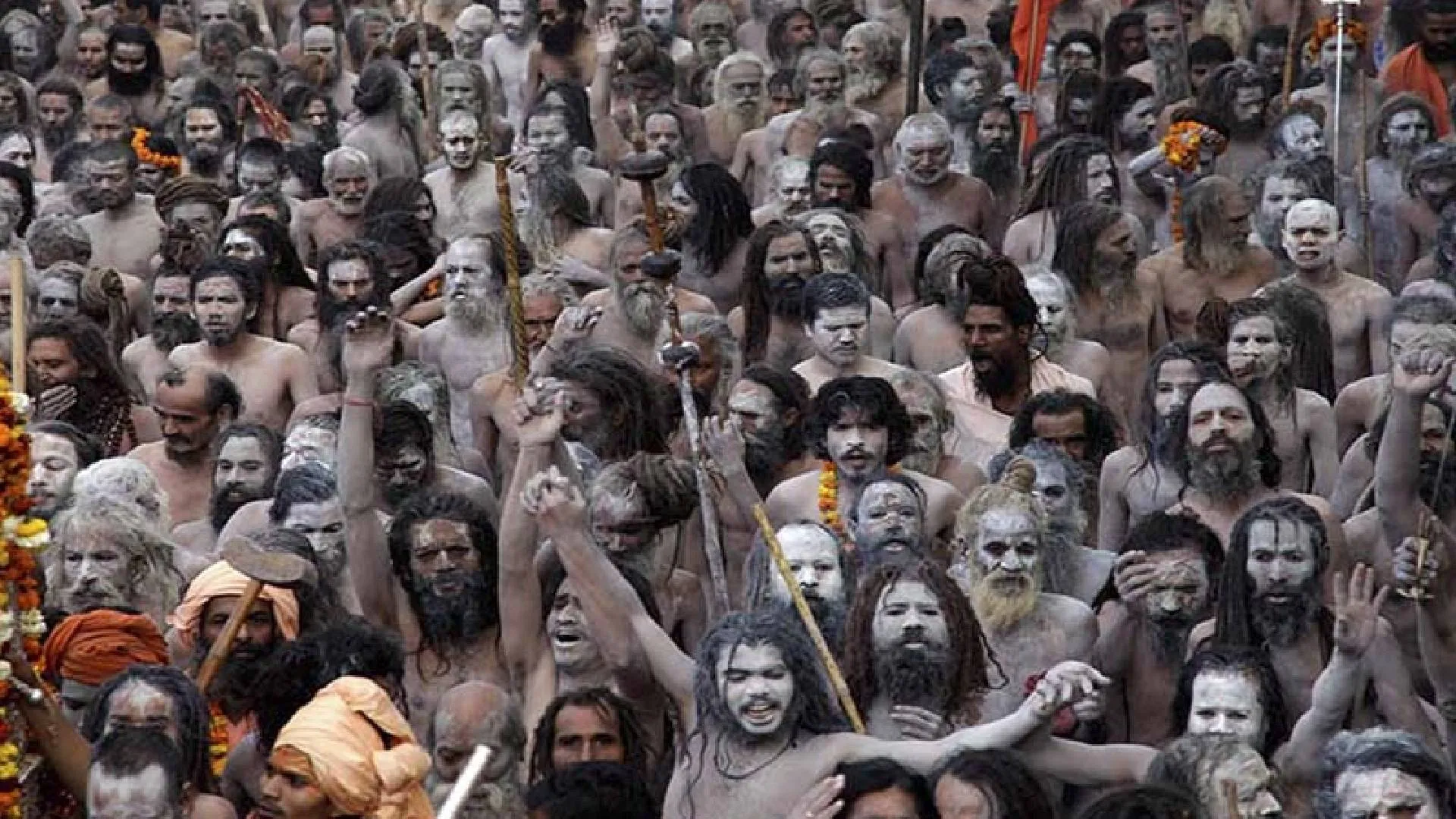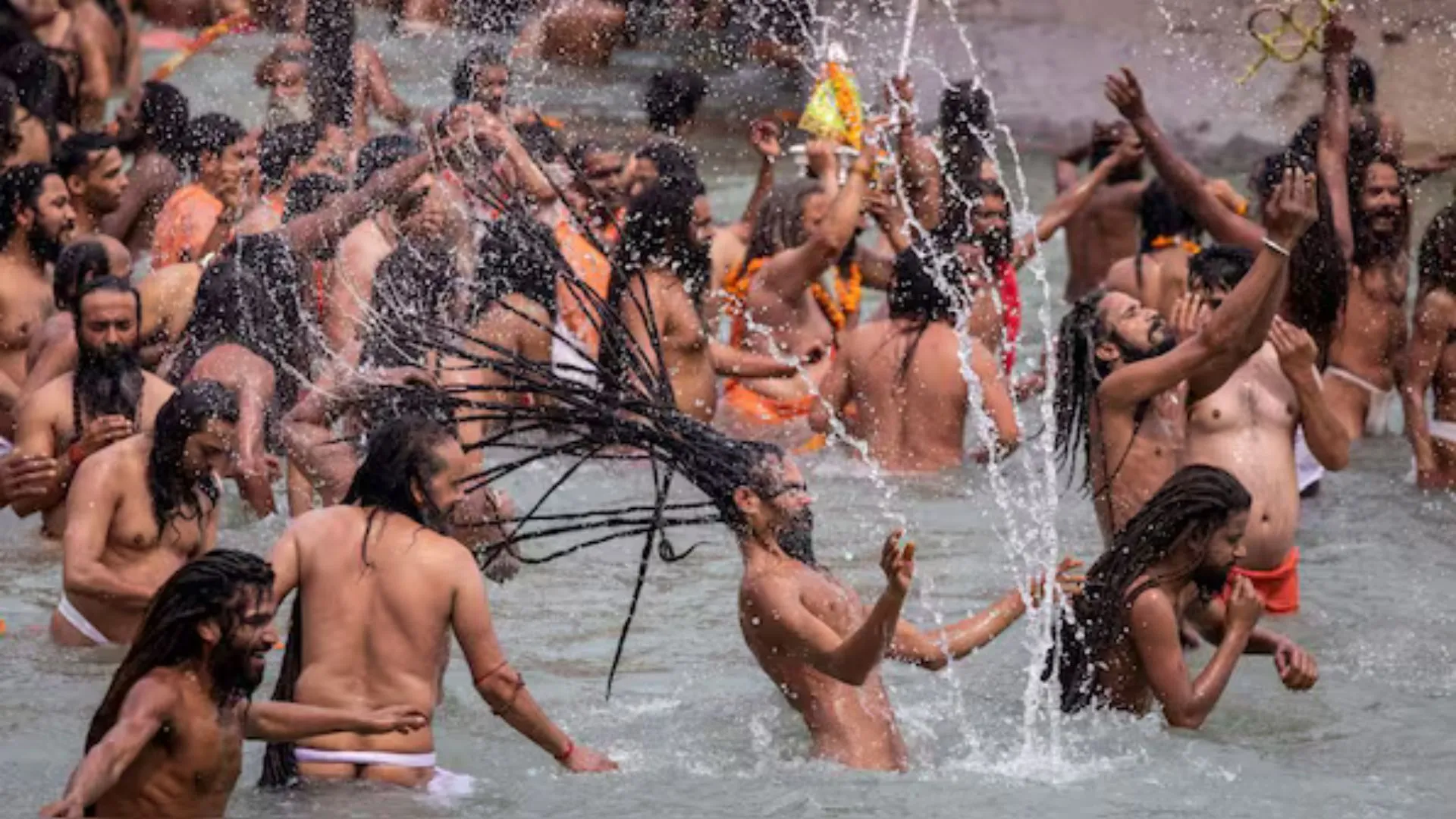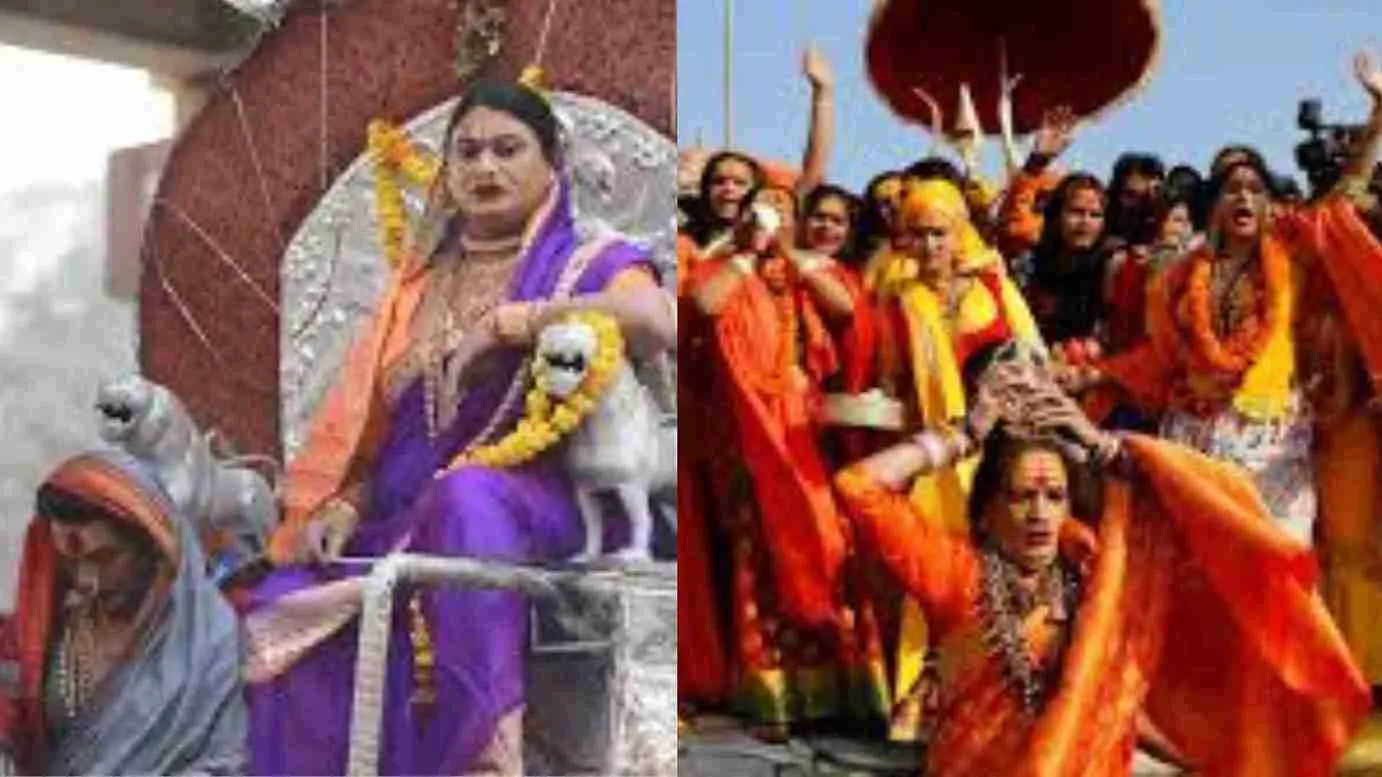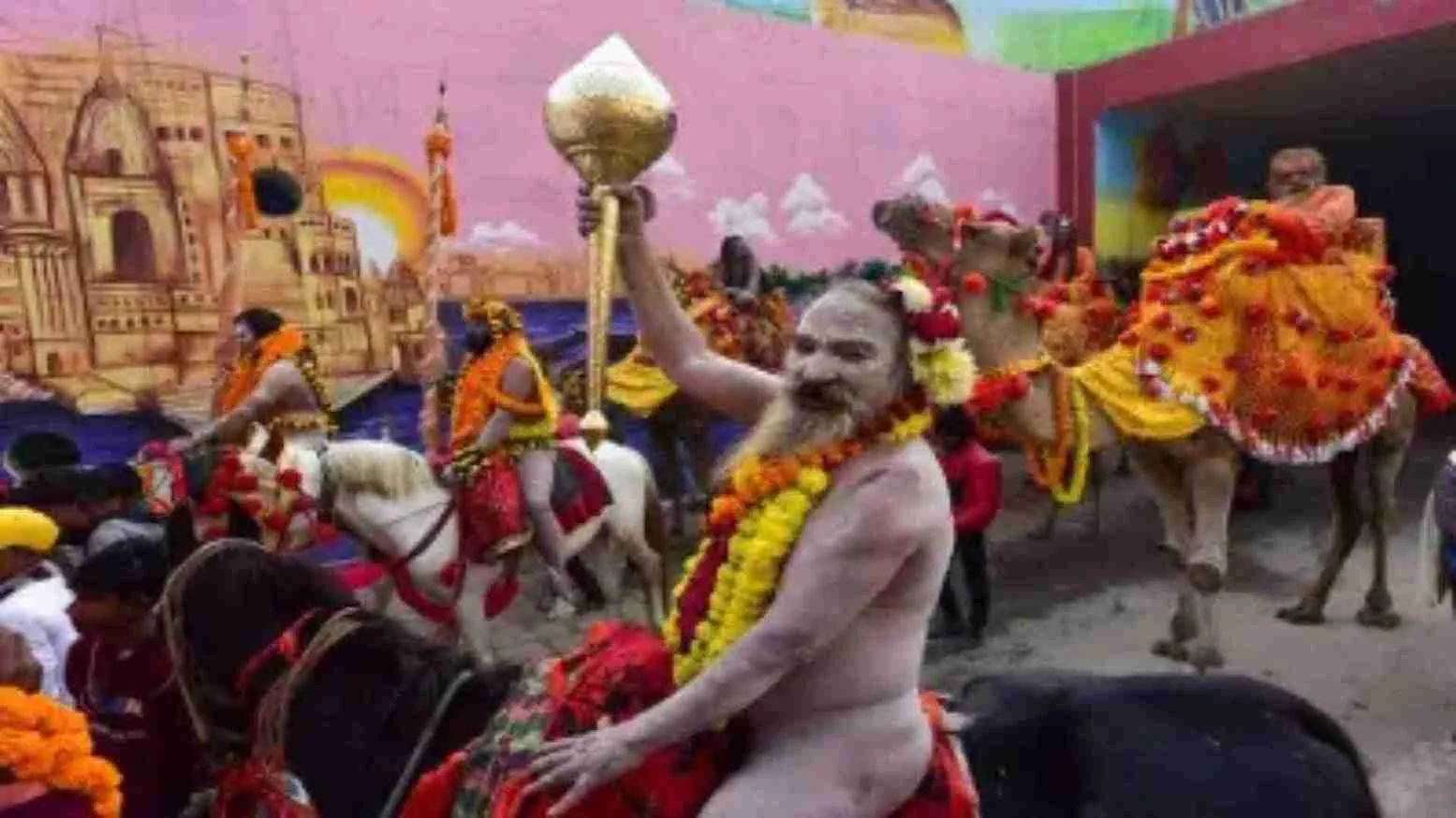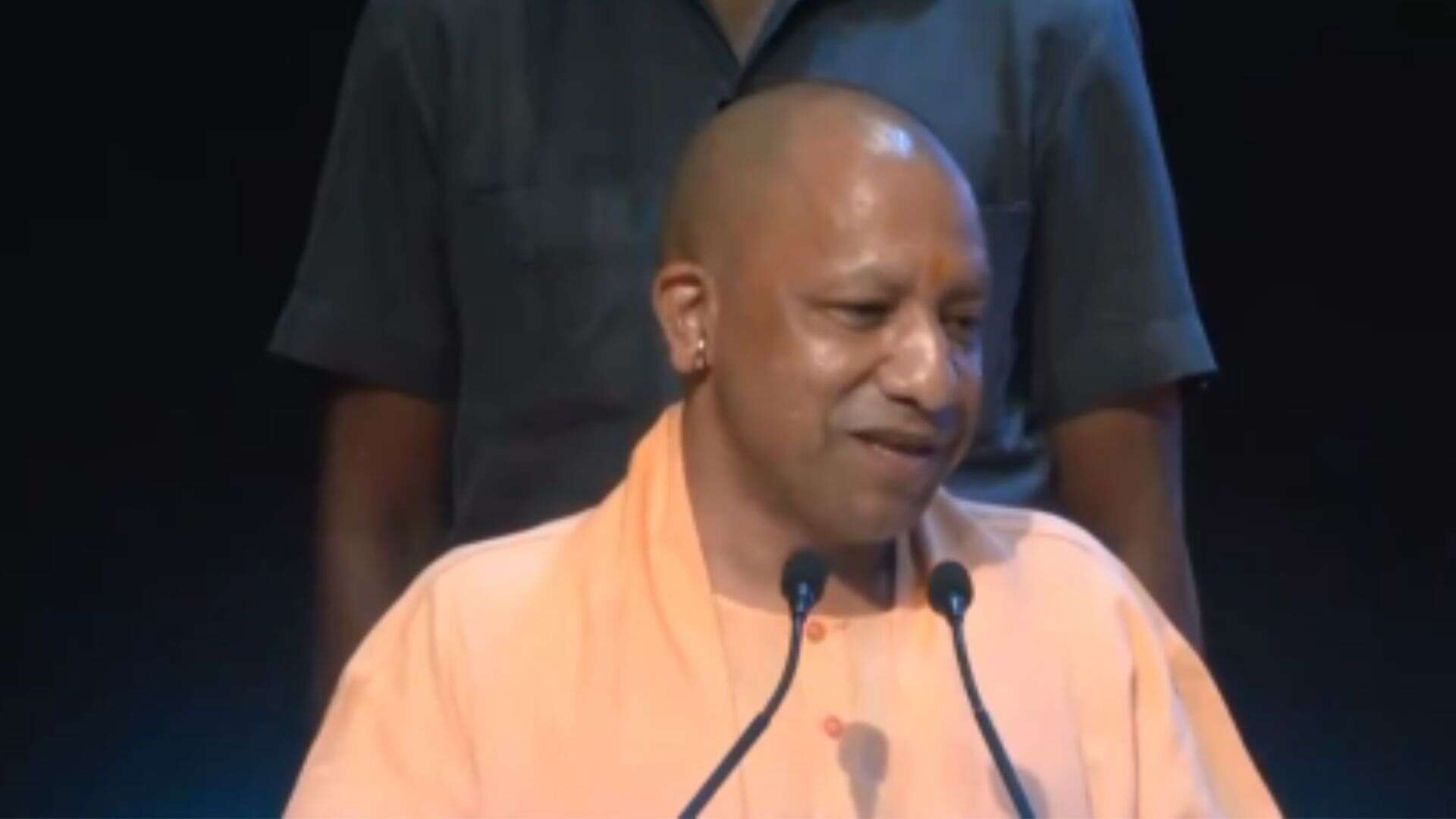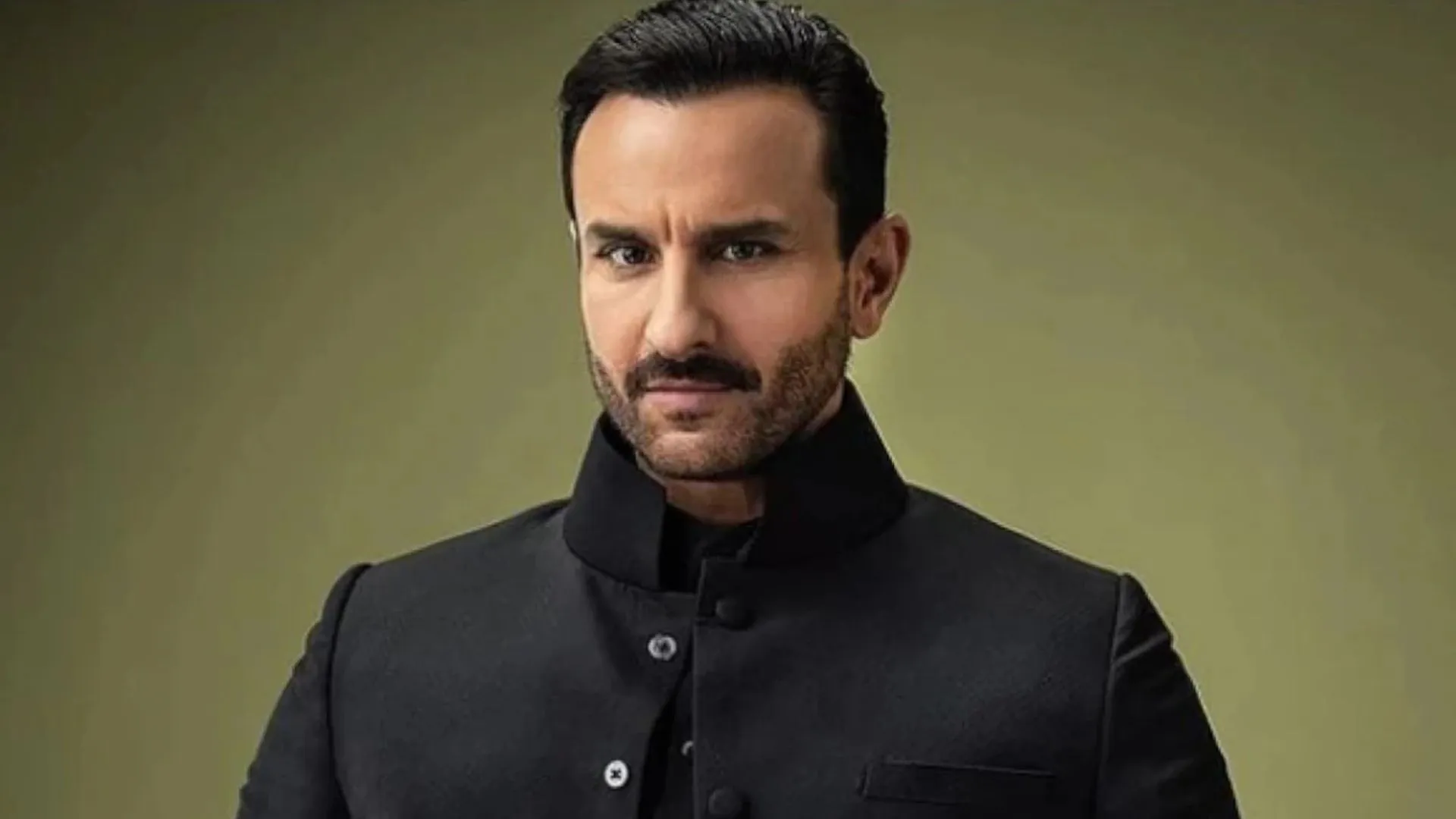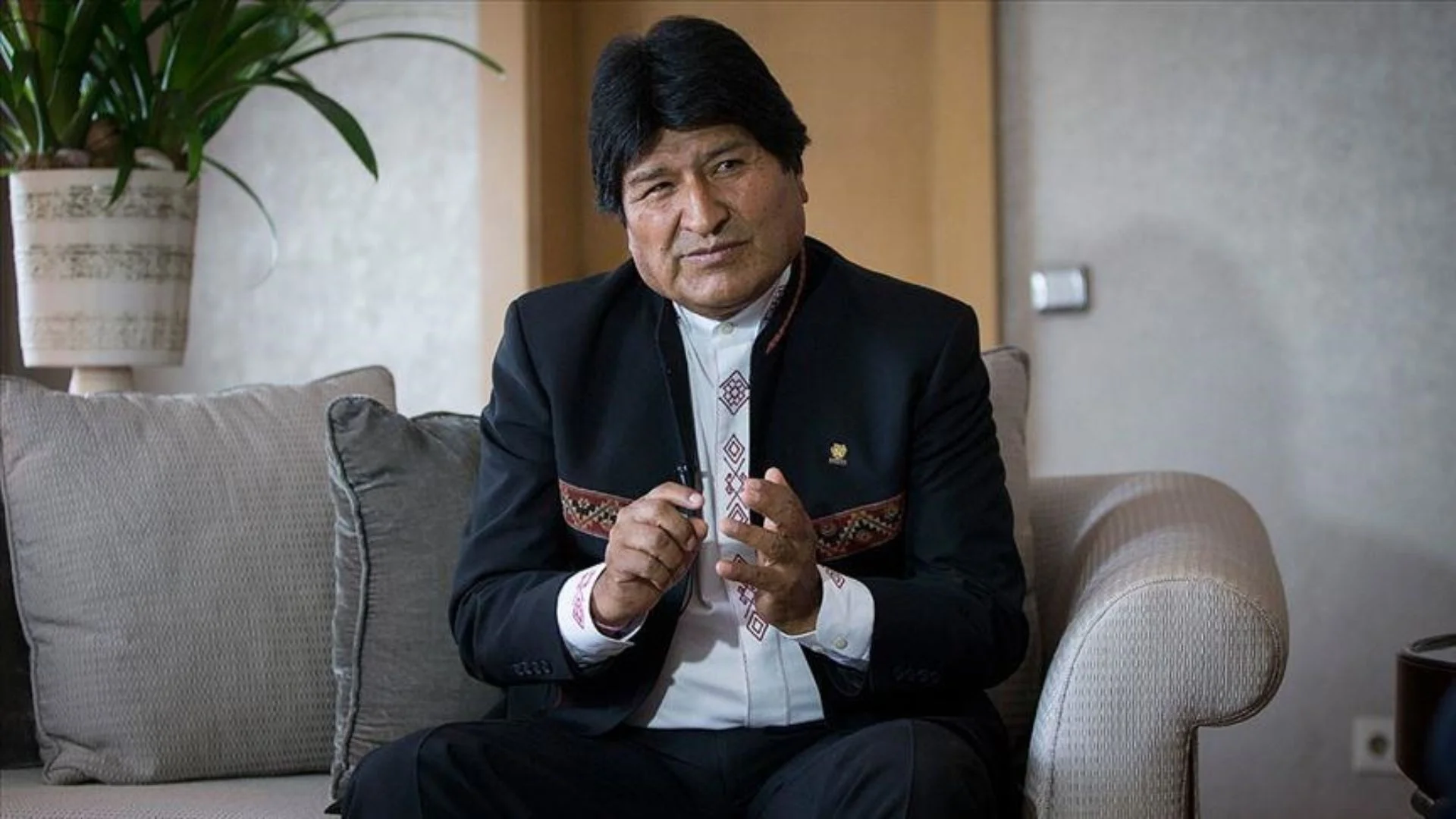If one believes in the existence of a just God, then a belief in reincarnation can follow very readily, as the two beliefs are really dependent, one on the other. But what about the skeptics and the atheists? Can the truth of reincarnation be scientifically proven to their satisfaction? Can the theory of reincarnation be in any way scientifically experimented upon so as to furnish not only hope but actual proof of its reality?
Material scientists claim they have not found any actual proof of the existence of a God, and hence cannot offer any proof of the existence of His just law, giving equal opportunity to all life to improve through reincarnation. To such scientists, the sufferings of innocent babies, and other inequalities of life, seem inexplicable and point to the absence of any just God.
On the other hand, most of those who do believe in a just God base their faith on belief only, and have no scientific proof to offer to unbelievers. They do not dare, for the most part, to scrutinize or deeply question their faith for fear of losing it or of starting some social inharmony. They are not aware, in other words, of the existence of a scientific spiritual law which can prove their beliefs to be truth.
Use Methods of Experimentation to Investigate Spiritual Law
But why should not the methods of experimentation used by the material scientist to discover physical truths be applied in investigating spiritual law? This question was asked centuries ago by the Hindu savants, and they set about the task of answering it. Their experiments resulted in scientific methods which can be followed by anyone to discover the reality of spiritual law, and hence of reincarnation and many other of the great cosmic truths.
Since this method does exist, no one has the right to say reincarnation and other spiritual laws do not operate, until he has tried the method and seen the result for himself. A scientist is, of course, privileged to express his opinion, but it remains an opinion only, not a fact. In physical science, certain methods must be adopted and followed in order to prove the truth of any given theory. To the naked eye, certain germs are not visible. One must use a microscope to detect the presence of the germs. If a person refuses to look through the microscope, he cannot be said to have scientifically tested the theory that germs were present. His opinion is, therefore, valueless, since he had not followed the prescribed rules for arriving at the truth of the theory.
So it is in spiritual things. The method has been discovered, the rules laid down, and the result is open to anyone who is interested enough to experiment. In the Western world, due to the lack of this scientific approach to spiritual law, the value of religion has been greatly diminished as a living factor in the life of man, and spiritual doctrines are believed in or rejected simply on the ground of personal bias, rather than as a result of scientific investigation.
To Find the Truth of Reincarnation Experiment upon the Consciousness of Man
How did the master minds of ancient India discover these unalterable cosmic laws? Through experiments on the life and thought of man, in the laboratories of their hermitages. To find the truth of physical things, we must experiment upon physical substances. So to find the truth of reincarnation, or the passage of an identical soul through many bodies, it is necessary to experiment upon the consciousness of man. These scientists of old found that the human ego outlasts all the changes of experience and thought during the state of wakefulness, or dream and of deep sleep, during the life-time. The experience changed the environment, sensations, thoughts, and bodily states changed, but the sense of identity, of “I,” did not change, from birth to death. Hence the Hindu experimenters argued that through concentration on the ego, through a constant conscious, aloof, unidentified introspection or watching of the various changing states of life—of wakefulness, dreaming or deep sleep, that one could perceive the changeless and eternal nature of the ego. Ordinarily, one is conscious of his waking state and even sometimes of his dreaming state. Often, people are aware that they are dreaming. Even in their dream they know they are dreaming. So, through certain methods and practices, one can come to be aware of every state, of sleep, dream or dreamless “deep sleep.”
During sleep there is involuntary relaxation of energy from the motor and sensory nerves. Through practice one can produce this relaxation during the waking state also, at will. In the Big Sleep of death there is still further relaxation—the retirement of energy from the heart and cerebro-spinal axis. But by certain practices, this further relaxation may be produced consciously in the waking state. In other words, every involuntary function may be accomplished voluntarily and consciously by practice.
These ancient Hindus found that death was the withdrawal of the electricity of life from the bulb of human flesh containing the wires of sensory and motor nerves to the different channels of outward expression. Just as electricity does not die when it is withdrawn from a broken bulb, so life-energy is not annihilated when it retires from the involuntary nerves. Energy cannot die. It withdraws, upon the occasion of death, to the Cosmic Energy.
In sleep, the conscious mind ceases to operate—the current is temporarily withdrawn from the nerves; and in death, the human consciousness ceases to express through the body permanently. It is as though one had a paralyzed arm—one is mentally conscious of that arm, but cannot function through it. Medical records tell of the case of a clergyman who once fell into a state of coma (suspended animation). He heard everyone around bewailing his apparent death, but could not express his awareness through his physical organs. His body motor had “stalled” and refused to respond to his mental commands. At last, when his friends were about to take him to be embalmed, he made a supreme effort, and was able to move, after 24 hours of complete apparent death. This instance illustrates the constancy of awareness of “I-ness” or personal identity, even though the body is seemingly dead.
Mastery over Death
The Hindu teachers stated that one must learn to separate the energy and consciousness from the body, consciously. One must consciously watch the state of sleep, and must practice the voluntary withdrawal of energy consciously from the heart and spinal regions. Thus he learns to do consciously what death will otherwise force on him unconsciously and unwillingly.
There is a case on record, in the files of French and other European doctors, of a man named Sadhu Haridas, in the court of Emperor Ranjit Singh of India, who was able to separate his energy and consciousness from his body, and then connect the two together again after several months. His body was buried underground and watch was kept over the spot, day and night, for months. At the end of this time his body was dug up and examined by the European doctors, who made an examination and pronounced him dead. But after a few minutes, he opened his eyes and regained all the control over all the functions of his body, and lived for many years more. He had simply learned by practice how to control all the involuntary functions of his body and mind. He was a spiritual scientist who experimented with prescribed methods for learning the truth of cosmic law, and as a result, he was in a position to demonstrate the truth of the theory of the changelessness of personal identity and the external nature of the life-principle.
Those who would know the scientific truth of the doctrine of reincarnation must follow the rules laid down many centuries ago by Hindu savants, and must learn to (1) be conscious during sleep, (2) be able to produce dreams at will, (3) to disconnect themselves consciously, not passively as during sleep, from the five senses, and (4) to control the action of the heart, i.e., experience conscious death or suspended animation. This is the art of separating the soul from the body.
By following the practices which lead to the above results, we can follow the ego in all states of existence—follow it consciously through death, through space, to other bodies or other worlds. But those who do not learn these things cannot retain their sense of personal identity, of awareness or consciousness during the big sleep of death, and hence cannot remember any previous state, or even the “deep sleep” states during one life.
But by adopting the methods of the ancient Hindu scientists who experimented with such laws, and who thereby gave the world a knowledge that is priceless and demonstrable, one may come to know the scientific truth of reincarnation and all other eternal verities.

